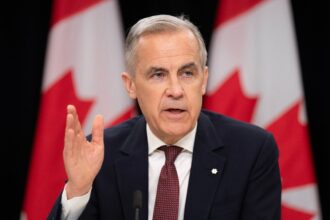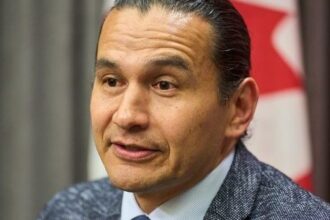In the shadow of towering hydroelectric dams that have powered British Columbia for generations, a quiet crisis is unfolding. BC Hydro, the province’s primary electricity provider, finds itself at a critical juncture as electricity demand surges to unprecedented levels, forcing urgent exploration of new power generation alternatives.
The Crown utility recently revealed projections showing electricity demand will increase by a staggering 15 percent over the next decade—a growth rate nearly twice what was anticipated just three years ago. This dramatic shift has sent planners scrambling to secure reliable power sources as the province’s energy landscape undergoes a fundamental transformation.
“We’re witnessing a perfect storm of factors driving this demand,” explains Chris O’Riley, BC Hydro’s President and CEO. “Population growth, industrial expansion, and the accelerating shift toward electrification are all converging simultaneously, creating challenges we haven’t faced in decades.”
The utility’s latest integrated resource plan reveals a concerning gap between future electricity needs and current generation capacity. While BC Hydro has historically relied on its extensive hydroelectric dam network to supply consistent baseload power, these assets alone can no longer meet the province’s growing needs.
Industry experts point to several key factors behind this unprecedented demand surge. The province’s population continues to expand rapidly, with newcomers requiring housing, services, and infrastructure—all electricity-dependent. Simultaneously, major industrial developments in mining, manufacturing, and technology sectors are placing additional strain on the grid.
Perhaps most significantly, the transition toward electrification as part of climate change initiatives is accelerating faster than anticipated. Electric vehicles, heat pumps, and industrial processes previously powered by fossil fuels are increasingly drawing from the electrical grid.
“This represents both a challenge and an opportunity,” notes energy economist Blake Williams from the University of British Columbia. “While securing adequate supply is daunting, it also creates space to reshape our energy mix toward more sustainable sources.”
BC Hydro has begun exploring multiple avenues to address the looming supply gap. The utility is expediting discussions with independent power producers while accelerating the development of wind, solar, and geothermal projects across the province. Officials are also exploring the potential for small modular nuclear reactors—a controversial option that would mark a significant departure from BC’s traditional energy strategy.
The Site C dam, already under construction on the Peace River at a cost of $16 billion, will provide some relief when it comes online in 2025, adding 1,100 megawatts of capacity. However, experts note this project alone cannot solve the long-term challenge.
“We’re looking at every viable option,” says Energy Minister Josie Osborne. “The province is committed to ensuring reliable, affordable electricity while meeting our climate commitments.”
Indigenous communities are increasingly positioned as key partners in developing new generation capacity. Several First Nations have proposed renewable energy projects on traditional territories, combining economic development opportunities with clean energy production.
Critics, however, question whether BC Hydro’s demand projections are overstated and whether massive investments in new generation capacity could lead to higher rates for consumers. Conservation advocates argue that aggressive demand-side management programs could significantly reduce the need for new supply.
“Before we rush to build more generation, we should be maximizing efficiency and reducing waste in our current system,” says environmental advocate Sarah Chen. “Every megawatt we save through conservation is far cheaper than any megawatt we generate through new construction.”
For average British Columbians, the implications extend beyond theoretical energy policy debates. The decisions made today will determine not only the reliability of their power supply for decades to come but also their monthly electricity bills and the province’s environmental footprint.
As BC stands at this energy crossroads, fundamental questions emerge about the future: Can the province secure adequate electricity while maintaining its commitment to clean energy? Will ratepayers bear the financial burden of massive infrastructure investments? And perhaps most importantly, is there still time to implement solutions before demand outstrips supply?
The answers will shape British Columbia’s energy landscape for generations to come.
























